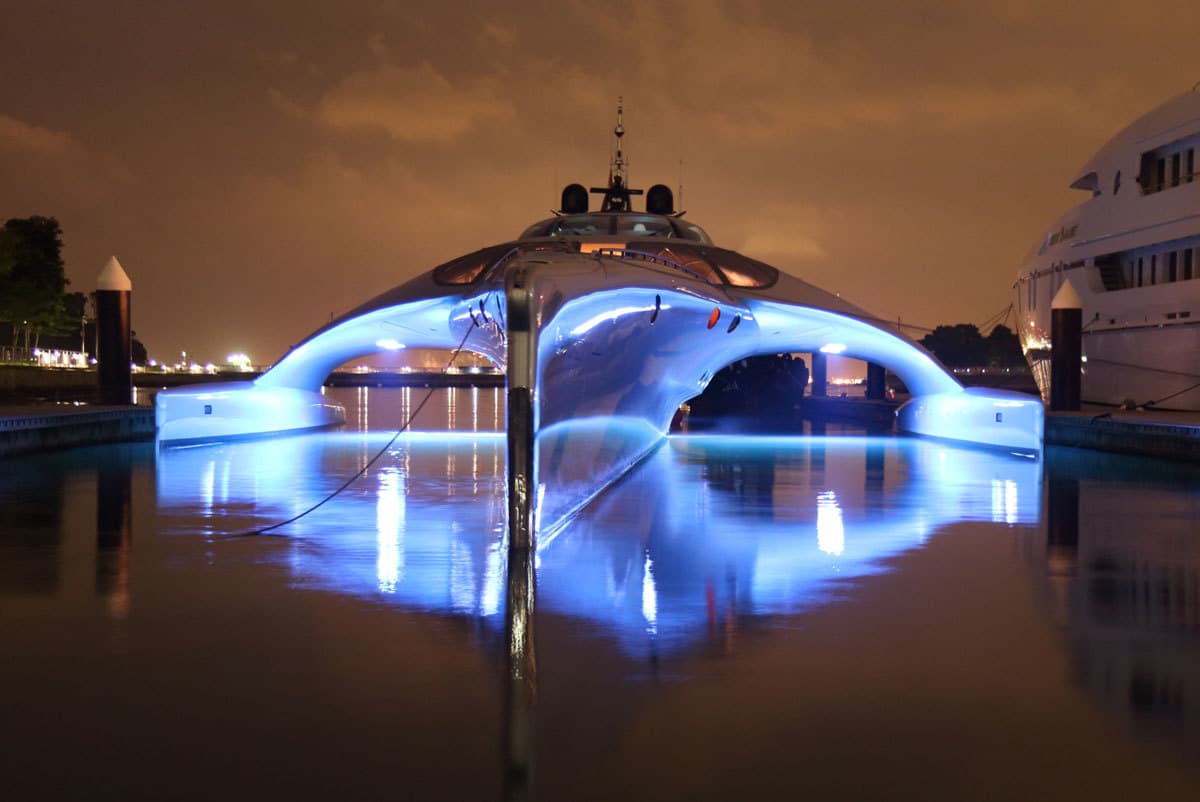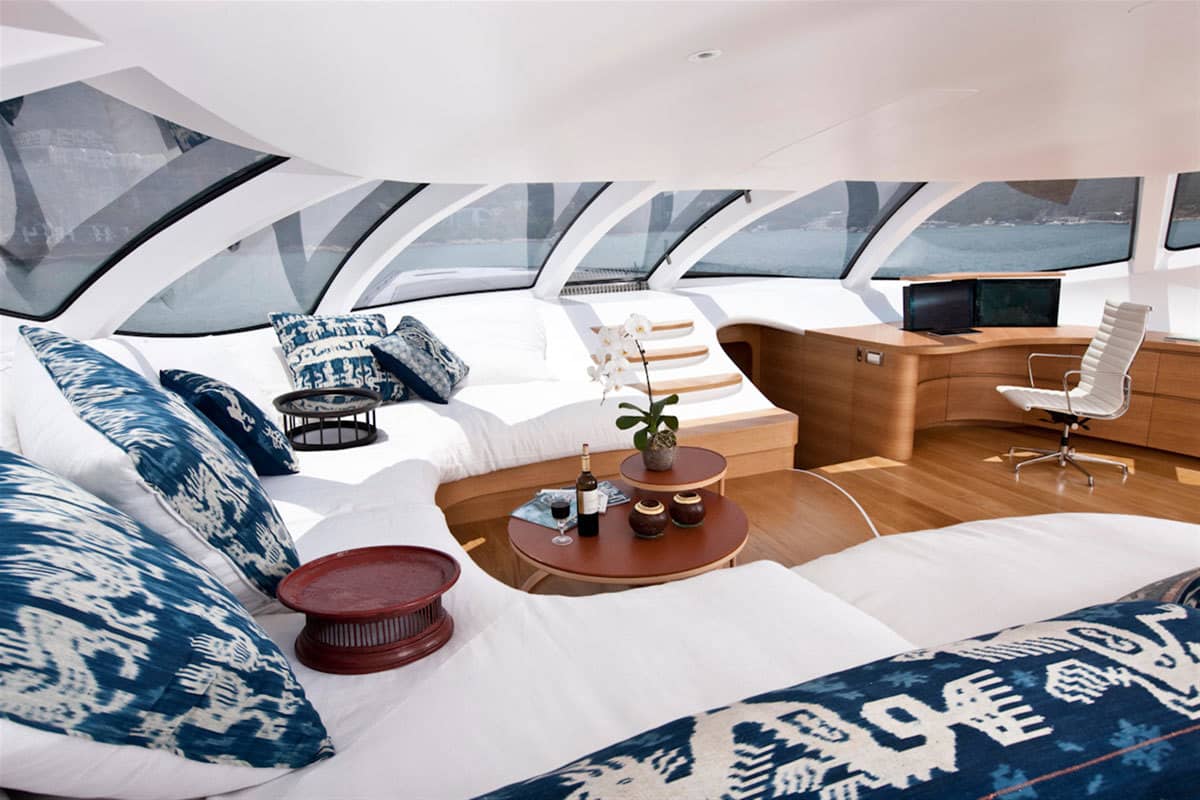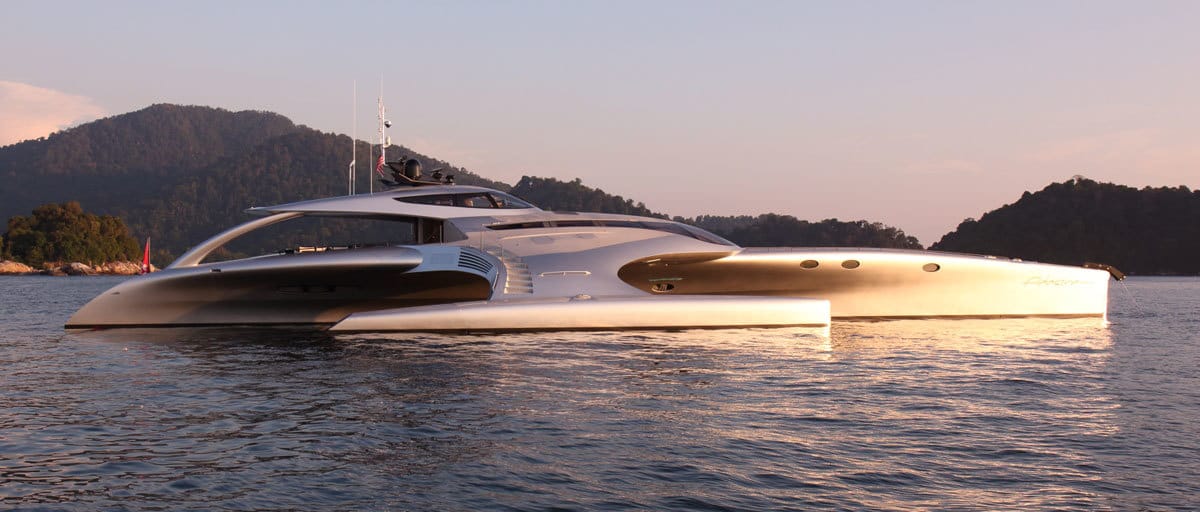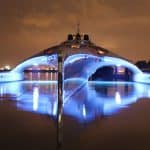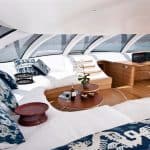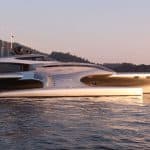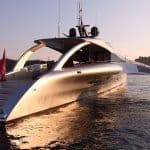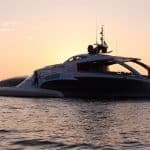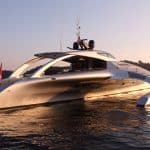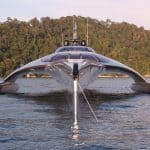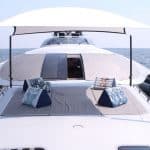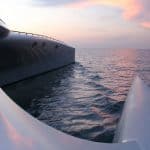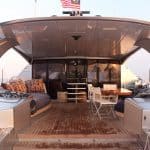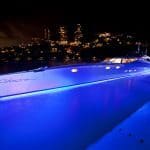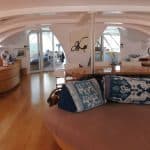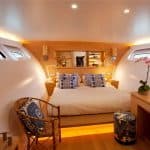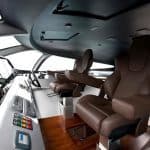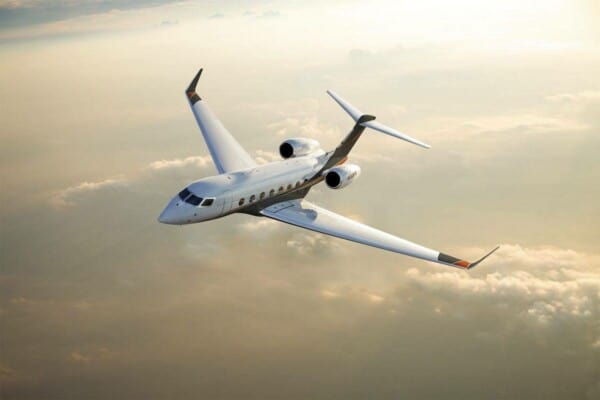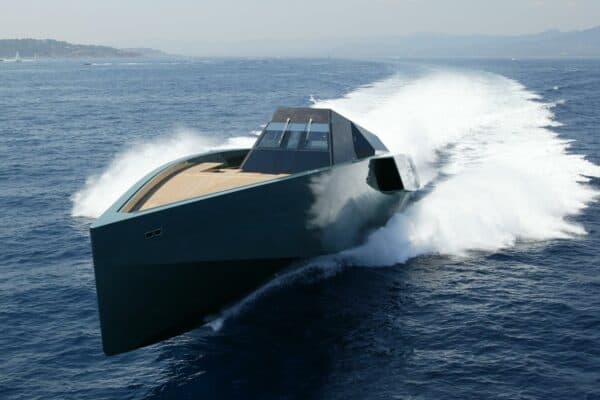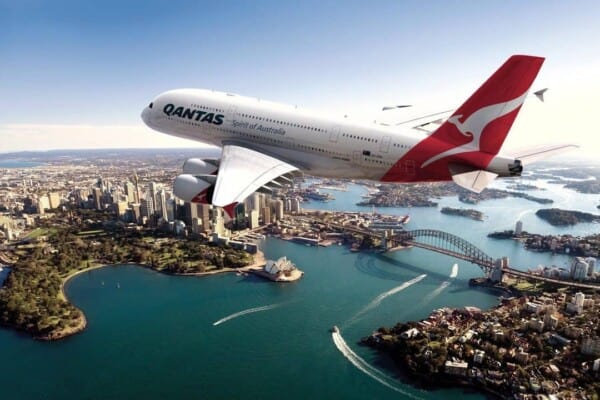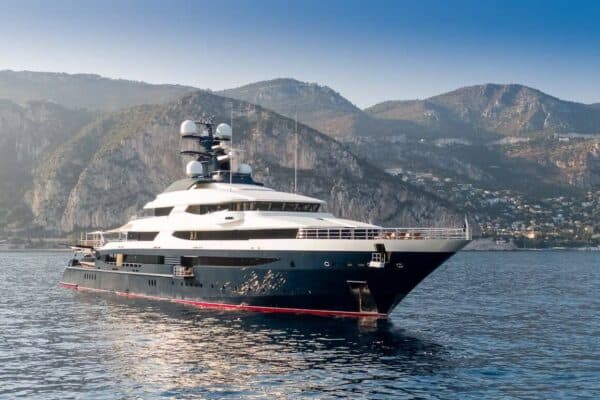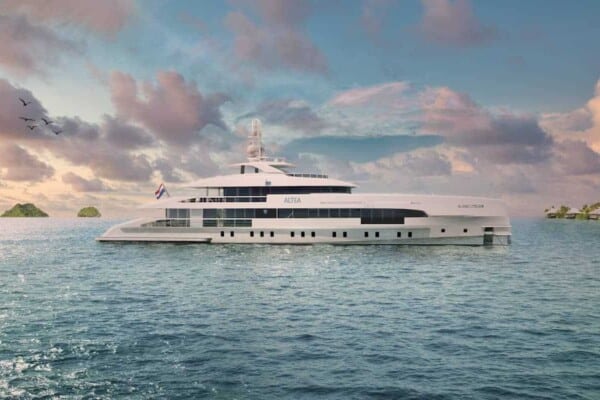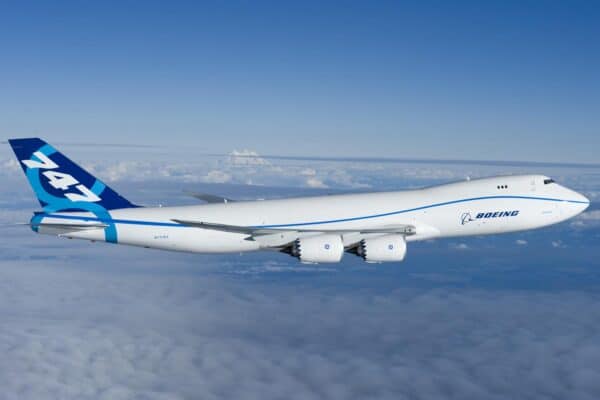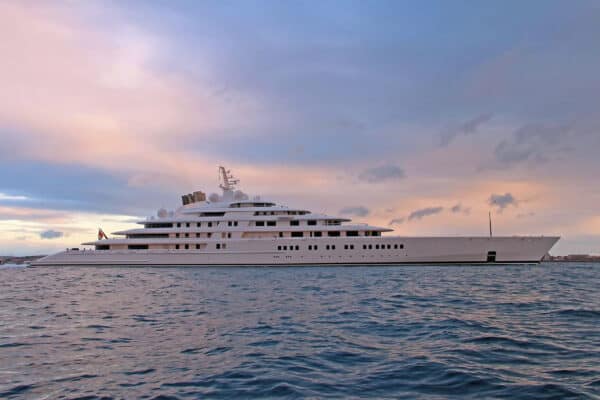If you remember last year, during April, we’ve featured a gorgeous superyacht project dubbed Adastra. It had finally come to life, shortly, and is now, officially, an award-winner. Conceived by John Shuttleworth Yacht Designs, Adastra was presented, on the occasion of the 2013 World Superyacht Awards, with the “Most Innovate Design”.
Boat International describes this fabulous trimaran as “one of the world’s most amazing super yachts, that could spell the future for efficient long range cruising”. Measuring 42.5 meters in length, Adastra’s manufacture had cost around $15 million and was officially launched on the 11th of April 2012 in China for Anto and Elaine Marden from Hong Kong.
It was clear right from the beginning that Adastra had to be absolutely flawless. Even more, thanks to the trimaran configuration, the yacht allows the presence of multiple hulls. The fuel consumption can reach as low as 17 liters per hour (4.5 US gallons) when cruising at 10.5 knots. It can be controlled from a distance via iPad and it is reportedly the second largest superyacht of this design in the world. Boat International Media describes the Adastra accordingly: “Adastra was very different. A remarkably low hull weight of 52 tonnes, a usable volume of 139 GT and a top speed of 23.2 knots, combined with her dynamic exterior shape and extremely low fuel burn of around 20 liters/hour at her economical 10.5 cruising speed, led the jury to award a judges’ commendation for extremely innovative design.”
Furthermore, it can comfortably and easily accommodate up to 9 guests and 6 crew members. In terms of detailing, there’s a lot to talk about – the 16-meter long beam supports a gorgeous, expansive main deck providing exquisite panoramas, navigation station, lounge area and dining table. There’s also facile access to the sun bed found on the foredeck through a fore facing door and saloon window. As for the aft deck, it provides additional seating, enough space for a 4.9-meter tender, an additional garage directly below able to house a 3.1-meter tender, whose door has been so designed to fold out and serve as a diving platform, and ultimately a fully endowed bar.
In addition, the main helm station was positioned in a raised pilot cabin between the aft deck and the saloon, and sports seating for two. This station also forms part of the cross beam structure. Below deck, the designers have created some extra space by slightly flaring the central hull, above the waterline. This space was also divided into two separate portions – a galley located forward of the engine compartment and a full-beam master suite aft, with access from the deck saloon, two further cabins and accommodation for the crew.

